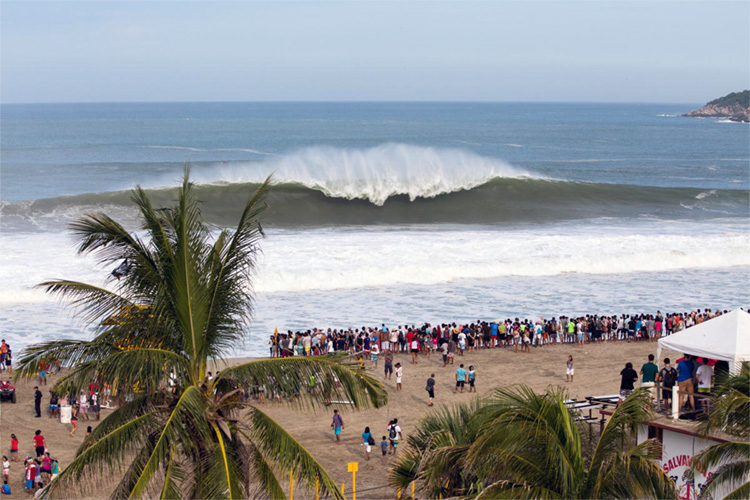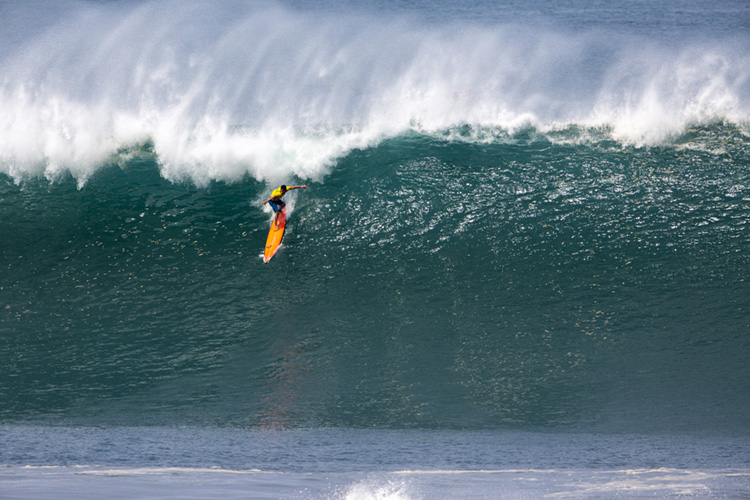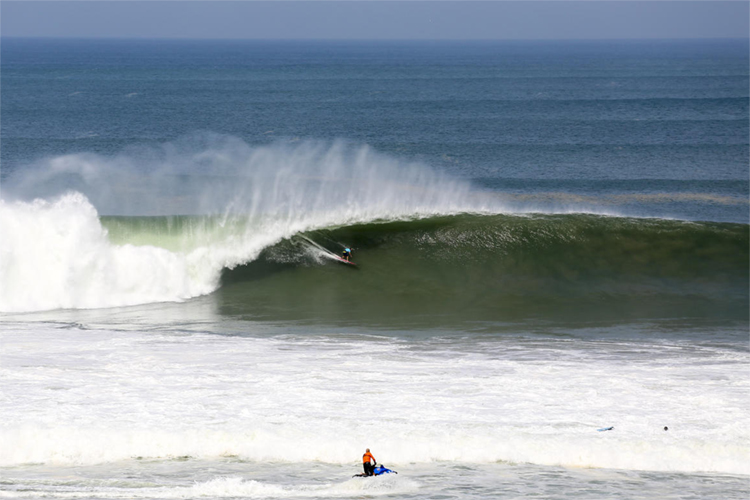Black Mexicans finally get respect and recognition from Mexico
ISMAIL AKWEI | Head of Content
Afro-Mexicans have been in the North American country since the 16th century but are now getting respect from the Mexican government which just created the Instituto Nacional de los Pueblos Indígenas – National Institute of Indigenous Peoples – to recognize the rights of indigenous groups.
Black Mexicans were only recognised for the first time in 2015 when the Mexican government conducted its national survey and counted about 1.38 million people of African descent (about 1.2% of the country’s population).
The Afro-Mexicans have been invisible in the country for too long but with the new institute created by the Mexican Senate, Black Mexicans and other indigenous groups will be consulted by the government on matters affecting them.
MORE ABOUT THIS
It reflects “respect and autonomy for indigenous groups, and strengthening of their cultures and identities, rather than a mere focus on inequality and social exclusion as had previously taken place,” reports Atlanta Black Star.
In August 2018, the neglect faced by Black Mexicans was the focus of the country’s first-ever all-black film, La Negrada (Black Mexicans), directed by Jorge Pérez Solano, one of Mexico’s biggest filmmakers.
The story follows the lives of two Afro-Mexican women, Juana and Magdalena, who are romantically involved with the same man called Neri.
It starts off with a Mexican immigration officer asking one of the protagonists “You are not Mexican, right?’ just because she is black.

What makes the film refreshing is that it features non-professional actors and is shot in Costa Chica, a region in Oaxaca with one of the biggest populations of black Mexicans.
Although the Afro-Mexicans have been featured in documentaries, this film is a fiction piece that captures the daily lives of Mexicans and the subtle and overt racism they go through. It further gives a glimpse of the music and natural background that adds flavour to their experience.
Before 2015, Mexico and Chile were the only Latin American countries that did not officially count the people of African descent in their surveys. Many lauded the move by Mexico at the time while others felt that it had been long overdue.
Afro-Mexicans are the descendants of enslaved African people brought into the country in the 16th and 17th century. The indigenous communities in Mexico reduced drastically at this time because of diseases.
The shortage of labour saw slaves from Africa brought in: estimates indicate 200,000 slaves arrived in the country. They were forced to work in plantations in the South and underground mines in the North. Mexico had a larger African slave population in the early 1600s than any other country in the Americas.
Most of them tried to escape the horrendous experience and ended up in the mountainous region of Mexico where they hid in caves and jungles. One such community was established in the state of Veracruz in 1570 by former slave Gaspar Yanga, who dared to revolt against the Spaniards.

The Afro-Mexicans of that time were quite instrumental in the development of Mexico. From music to the arts, they formed the fabric of Mexican culture.
Politically, Mexico’s second president was a black man called Vicente Guerrero, who abolished slavery in the country in 1829.

Most of the freed slaves then intermarried with the indigenous community, raising children known as “mulattos,” “pardos ,” or “zambos .
In 1781, Mexicans of African descent helped established Los Angeles. The Los Angeles Pobladores, or “townspeople,” were a group of 44 settlers and four soldiers from Mexico who came from various Spanish castes, with over half of the group being of African descent.
Governor of Las Californias, a Spanish-owned region, Felipe de Neve called on 11 families to help build the new city in the region by recruiting them from Sonora and Sinaloa, Mexico. According to a census record taken at the time, there were two persons of African ancestry, eight Spanish and Black persons, and nine American Indians. There was also one Spanish and Indian person, with the rest being Spaniards.
In Los Angeles, the El Pueblo de Los Angeles State Historic Park honoured the pobladores in the 1950s with a plaque, but it was mysteriously removed. In a Los Angeles Times report, it was suggested that the removal of the plaque was racially motivated. However, in 1981 during the city’s bicentennial, the plaque was replaced.

While a lot of modern people are inclined to believe that the Afro-Mexican population declined over the years, statistics indicate that the population ranges between two per cent and eight per cent of the Mexican population. However, these blacks still suffer from discrimination in their home country.
Not only are they deported to other Latin American countries because the police believe there are no black people in Mexico, they are also living in abject poverty.
It is such incidents and lack of recognition by the Mexican government that forced a number of Afro-Mexican activists to rally behind such recognition.
México Negro, a rights group formed in 1997, is seeking for the constitutional recognition of Afro-Mexicans and the increased visibility of Afro-Mexican culture.
Such recognition has taken too long for various reasons including the feeling that mestizo identity (the mix between indigenous people and Europeans) is a better term than breaking down groups into ethnicity.
The lack of recognition of the community has limited them from advancing their own agenda including socio-political and economic survival.
Some Afro-Mexicans have turned to music and dance to express themselves and stay true to their African roots. One of such groups is the dance troupe in the southern state of Oaxaca, known as Obatala. They have been touring different parts of the state of Oaxaca creating awareness around their ancestral African heritage with their energetic and unique African dances.
The Afro-Mexican dance group identifies itself with a popular Yoruba deity called Obatala, which is believed to be the oldest of gods generally referred to as Orisas in Nigeria.
Obatala, which is always adorned in white, is also said to be the father of many other Orisas. While this god is synonymous with the Yoruba community in Nigeria, he is also very popular in Latin America.







